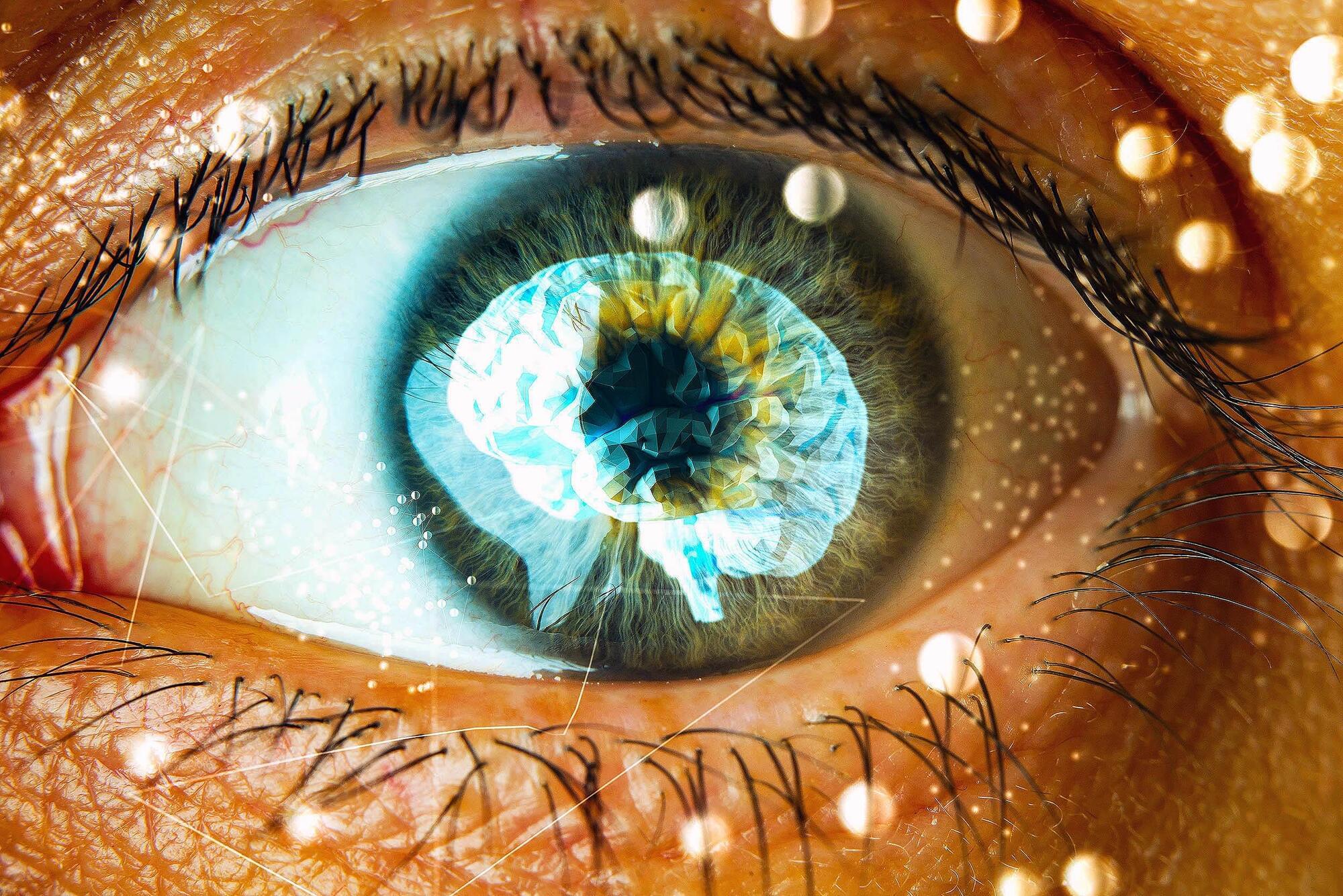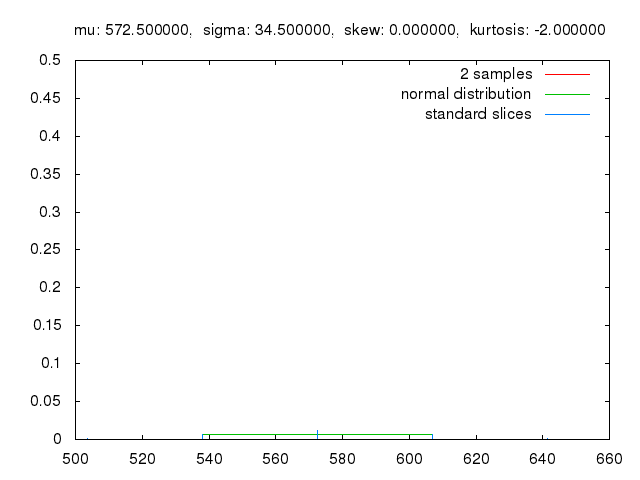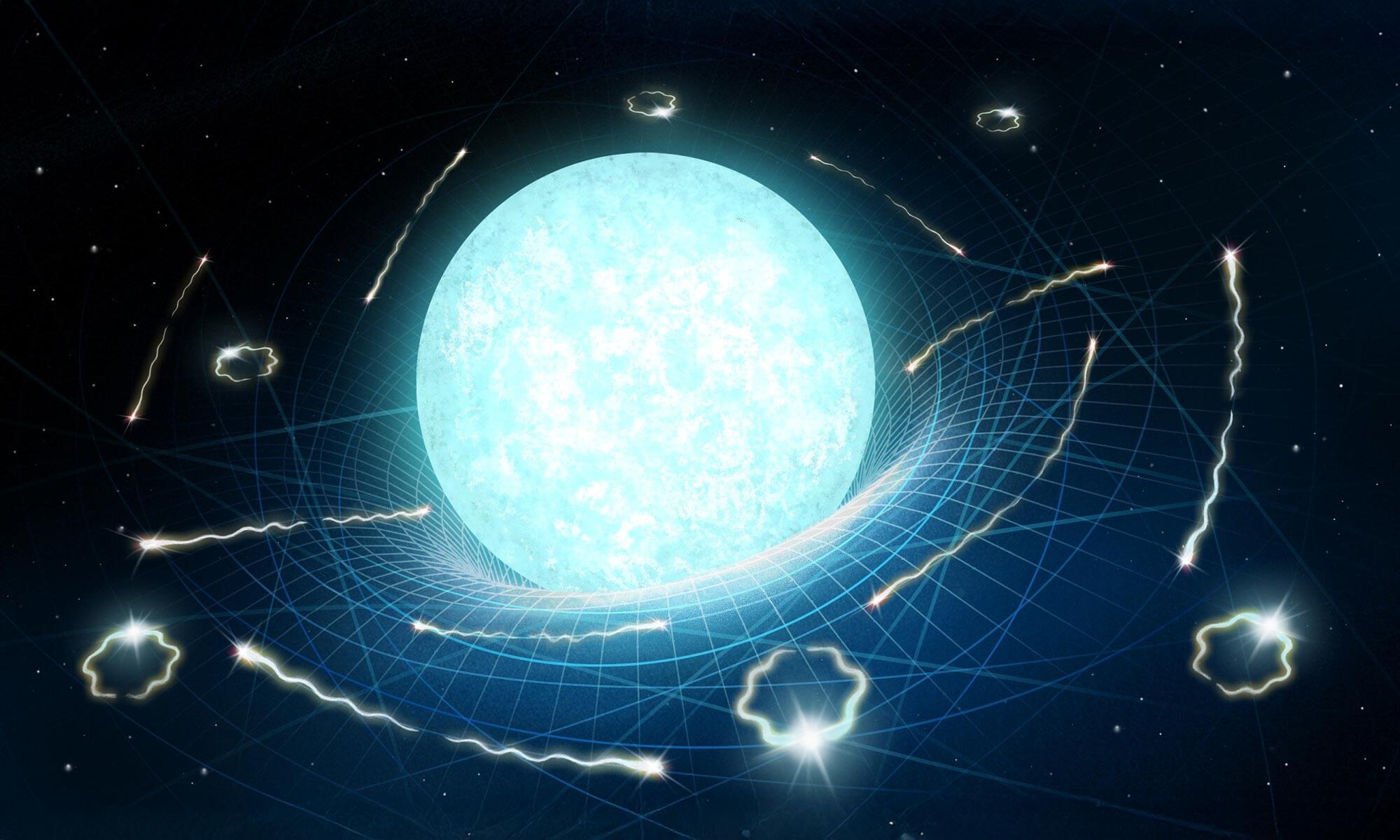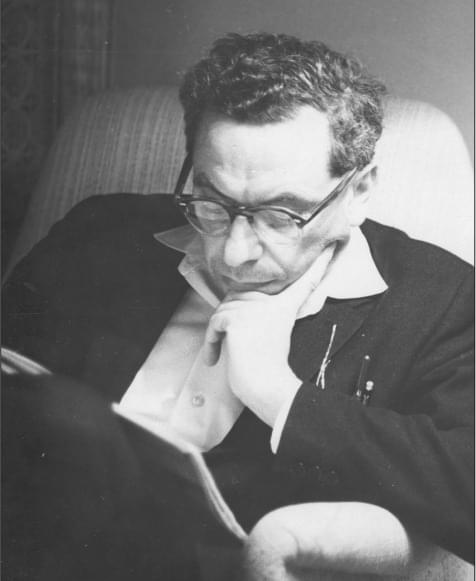Mathematicians have started to prepare for a profound shift in what it means to do mathematics.
Category: mathematics – Page 20


Pupil dilation directly linked to the brain’s “working memory” levels
A fresh study suggests that the way a person’s pupils change while they concentrate hints at how well that mental scratchpad is working.
Working memory does more than hold stray reminders; it stitches together phone digits until they are dialed, keeps track of a spoken sentence until the meaning lands, and buffers half-finished ideas during problem-solving.
Unlike long-term memory, it works on a tight clock measured in seconds. Because the capacity is finite – typically three to seven items at once – small differences in efficiency can ripple through reading, mathematics, and decision-making.

The generalization of statistical mechanics makes it possible to regularize the theory of critical phenomena
Statistical mechanics is one of the pillars of modern physics. Ludwig Boltzmann (1844–1906) and Josiah Willard Gibbs (1839–1903) were its primary formulators. They both worked to establish a bridge between macroscopic physics, which is described by thermodynamics, and microscopic physics, which is based on the behavior of atoms and molecules.
The Austrian physicist Boltzmann explained the second law of thermodynamics in statistical terms. He defined the entropy of a system based on the number of possible microstates it could assume.
Unlike Boltzmann, who focused more on the physics of gases and the distribution of particles in equilibrium, the American Gibbs developed a general mathematical formalism that could be extended to more complex systems. Together, their contributions formed the basis of a physics capable of modeling a wide variety of phenomena.
What Is What If Math And How Can I Use It to Teach?
What If Math uses a relatively new concept to enhance the way math is taught so that kids are given more relevant skills for today’s digital world.
The company says that the way math — and algebra specifically — is taught today is based on a concept developed by Leonardo of Pisa in 1202 as a way to help traders. This, it says, is now redundant thanks to all the digital tools that use spreadsheets to do that part of mathematical working.
Mark Balaguer — Is Mathematics Eternal?
Make a donation to Closer To Truth to help us continue exploring the world’s deepest questions without the need for paywalls: https://shorturl.at/OnyRq.
For subscriber-only exclusives, register for a free membership today: https://bit.ly/3He94Ns.
Mathematics is like nothing else. The truths of math seem to be unrelated to anything else—independent of human beings, independent of the universe. The sum of 2 + 3 = 5 cannot not be true; this means that 3 + 2 = 5 would be true even if there were never any human beings, even if there were never a universe! When then, deeply, is mathematics?
Support the show with Closer To Truth merchandise: https://bit.ly/3P2ogje.
Watch more interviews on mathematics: https://bit.ly/48H9RS7
Mark Balaguer is Professor of Philosophy at California State University, Los Angeles. His major book is Platonism and Anti-Platonism in Mathematics.

Monte Carlo method
Monte Carlo methods, or Monte Carlo experiments, are a broad class of computational algorithms that rely on repeated random sampling to obtain numerical results. The underlying concept is to use randomness to solve problems that might be deterministic in principle. The name comes from the Monte Carlo Casino in Monaco, where the primary developer of the method, mathematician Stanisław Ulam, was inspired by his uncle’s gambling habits.
Monte Carlo methods are mainly used in three distinct problem classes: optimization, numerical integration, and generating draws from a probability distribution. They can also be used to model phenomena with significant uncertainty in inputs, such as calculating the risk of a nuclear power plant failure. Monte Carlo methods are often implemented using computer simulations, and they can provide approximate solutions to problems that are otherwise intractable or too complex to analyze mathematically.
Monte Carlo methods are widely used in various fields of science, engineering, and mathematics, such as physics, chemistry, biology, statistics, artificial intelligence, finance, and cryptography. They have also been applied to social sciences, such as sociology, psychology, and political science. Monte Carlo methods have been recognized as one of the most important and influential ideas of the 20th century, and they have enabled many scientific and technological breakthroughs.

Everything Evaporates: From Neutron Stars to You, the Universe Is on a Clock
What if black holes weren’t the only things slowly vanishing from existence? Scientists have now shown that all dense cosmic bodies—from neutron stars to white dwarfs—might eventually evaporate via Hawking-like radiation.
Even more shocking, the end of the universe could come far sooner than expected, “only” 1078 years from now, not the impossibly long 101100 years once predicted. In an ambitious blend of astrophysics, quantum theory, and math, this playful yet serious study also computes the eventual fates of the Moon—and even a human.
Black Holes Aren’t Alone


Faster, more stable plasma simulations help advance chip manufacturing
Plasma—the electrically charged fourth state of matter—is at the heart of many important industrial processes, including those used to make computer chips and coat materials.
Simulating those plasmas can be challenging, however, because millions of math operations must be performed for thousands of points in the simulation, many times per second. Even with the world’s fastest supercomputers, scientists have struggled to create a kinetic simulation—which considers individual particles—that is detailed and fast enough to help them improve those manufacturing processes.
Now, a new method offers improved stability and efficiency for kinetic simulations of what’s known as inductively coupled plasmas. The method was implemented in a code developed as part of a private-public partnership between the U.S. Department of Energy’s Princeton Plasma Physics Laboratory (PPPL) and chip equipment maker Applied Materials Inc., which is already using the tool. Researchers from the University of Alberta, PPPL and Los Alamos National Laboratory contributed to the project.